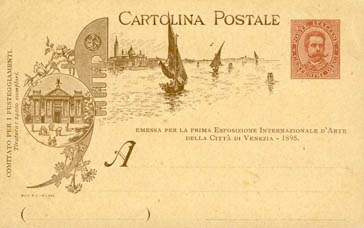Product Description
Giovanni Battista Filosa, In the Garden, Watercolor, 1884


GIOVANNI BATTISTA FILOSA (1850-1935) Naples, Italy
“In the Garden” 1884
Watercolor, gilt frame and filet with silk mount.
Signed: G Filosa '84
***Filosa exhibited at the Esposizione Internazionale d'Arte della Città di Venezia 1895 – La Biennale di Venezia, Venice
An extremely fine and exquisitely painted watercolor “In the Garden” by the Italian artist Giovanni Battista Filosa (1850-1935). It is a radiant painting with a wonderful subtle coloration and very charming late 19th century “en plein-air” imagery. Filosa's technique is similar in quality to the work of the 19th Century Pre-Raphaelite watercolorist, Albert Moore. Gilt frame and filet with silk mount. Signed: G Filosa '84 Filosa exhibited at the Esposizione Internazionale d'Arte della Città di Venezia 1895 – La Biennale di Venezia, Venice
Watercolor: H: 7 1/2″ x W: 5 1/4″
Framed: H: 14 1/2″ x W: 12″
Price: $11,500
Giovanni Battista Filosa, In the Garden, Watercolor, 1884
You must be logged in to post a comment.
ROBERT FRIED USA
The Charlatans, Buddy Guy, North American Ibis Alchemical Co. at the Avalon Ballroom September 22-24, 1967
Marked: Fried 67 (in script), © Family Dog Productions 639 Gough Street San Francisco, Calif. 94102
H: 19 15/16” x W: 14”
CHARLES MARTIN (1884-1934) France
Bal Masque 1927
Pencil, ink, gouache and watercolor on paper.
Signed: Martin (lower right corner); A l’Ami Koval, l’Ami Martin, Bien Amicalement (upper left corner)
H: 8” x W: 11 7/16”
Price: $12,500
Charles Martin was a notable French illustrator, graphic artist, posterist, fashion and costume designer. His drawings are charming, amusing and sophisticated. The artist studied at the Montpelier Ecole des Beaux Arts, Academie Julian and Ecole Des Beaux Arts, Paris. Throughout his career, Martin was also a contributor to the French fashion journals Gazette du Bon Ton, Modes et Manieres d’Aujourd’hui, Journal Des Dames et Des Modes, and Vogue. His illustrated books include the hat catalogue “Les Modes en 1912,” the erotic “Mascarades et Amusettes” 1920, and “Sports et Divertissements” 1919, written in collaboration with composer Erik Satie.

Reviews
There are no reviews yet, would you like to submit yours?